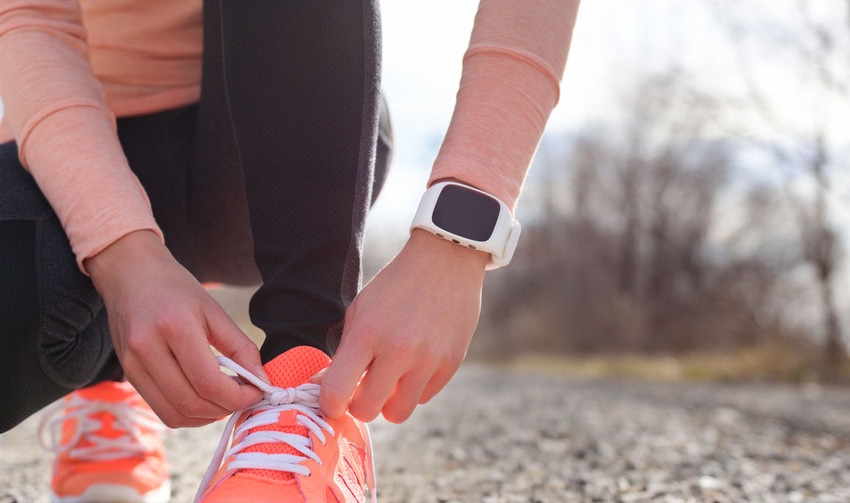Consumers looking for more functionality from wearables – Ericsson
Findings from Ericsson ConsumerLab claim consumer enthusiasm for wearables technology is still growing but vendors are not meeting price or functionality expectations.
June 8, 2016

Findings from Ericsson ConsumerLab claim consumer enthusiasm for wearables technology is still growing but vendors are not meeting price or functionality expectations.
The research focused on opinions from 5,000 smartphone users from Brazil, China, South Korea, the UK and the US, though it’s worth noting 50% of respondents were current owners of wearables technology, a much higher proportion of the general public. While the statistics demonstrated there is still an appetite for wearable technologies outside of fitness applications, price of entry could be a barrier for entry, as well as customer expectations on functionality generally exceeding what vendors are currently able to offer.
32% of respondents said they would be interested or willing to buy a Panic/SOS button, and 25% said the same for an identity authentication device. Smart Watches were still of interest to the industry as 28% said they would have an interest in purchasing such as a device, but this statistic contradicts recent reports the segment has been declining. Strategy Analytics forecasted a 12% decline in Apple watch sales this year after a strong launch. A third of non-users have stated the cost of keeping digital devices connected is a key reason why they haven’t invested in wearable technology to date.
While the SA report could indicate a slight hiccup in the adoption of wearables, this is also backed up to a degree by the Ericsson report which states 10% of wearable users abandoned the technology. This is mainly due to the capabilities which are on offer. A common cause of dissatisfaction is customers feel tethered to their smartphone, as the wearable device does not have standalone features. This could also be tied into the overall value/price proposition of the devices as could be seen as a product of convenience as opposed to a smartphone replacement.
Will wearables replace the smartphone?
The smartphone will always have a place (65%, 20 Votes)
There need to be significant advances made, but yes (23%, 7 Votes)
It will be much sooner than you think - maybe in the next 2-3 years (13%, 4 Votes)
Total Voters: 31
In terms of the reasoning for abandoning wearables, over half of respondents said the devices did not meet expectations. 21% highlighted limited functionality and uses, 23% stated the fact the device was not standalone or didn’t have inbuilt connectivity was the reason, where as 9% said inaccurate data and information. Despite the concerns over functionality, 83% of respondents said they expect wearables to have some form of standalone connectivity in the near future. Should this be the case, 43% believe wearables will ultimately replace smartphones.
“Although consumers show greatest interest in devices related to safety, we also see openness to wearable technology further away from today’s generation,” said Jasmeet Singh Sethi, Consumer Insight Expert, Ericsson ConsumerLab. “In five years’ time, walking around with an ingestible sensor, which tracks your body temperature and adjusts the thermostat setting automatically once you arrive home, may be a reality.” Other use cases included a smart water purifier, gesture communicator, virtual reality sports attire, emotion sensing tattoos and a wearable camera.
The survey does demonstrate long-term viability for wearable technology, though there would have to be increased functionality before it could be considered mainstream. It would appear standalone connectivity would be the bare minimum required, as the currently offering seemingly does not offer the value to customers should they have to continue to carry a smartphone as well as the wearable device.
About the Author(s)
You May Also Like








.png?width=300&auto=webp&quality=80&disable=upscale)


_1.jpg?width=300&auto=webp&quality=80&disable=upscale)


.png?width=800&auto=webp&quality=80&disable=upscale)